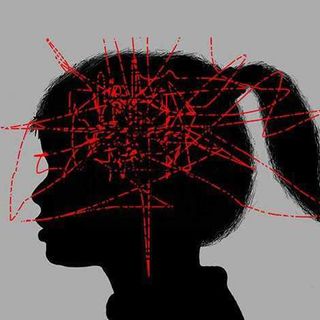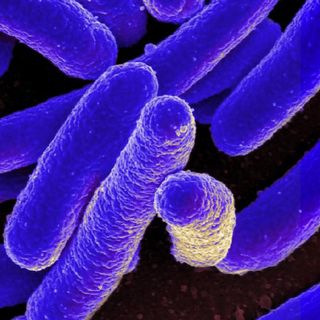Men are less likely to survive breast cancer than women, according to a new study from JAMA Oncology.
All human beings are born with breast tissue; while male breast tissue does not produce milk or have any other function, cancer can still develop there.
Research for the study encompassed nearly 1.9 million patients diagnosed with breast cancer — involving 16,025 male and 1.8 million female patients diagnosed with breast cancer. The ratio of male-to-female study participants mirrors reality: while 25.8% of every 100,000 Indian women have breast cancer, it’s occurrence in Indian men is only about 1.03%.
According to the results of the study, male patients had a 19% higher mortality rate, when compared with their female counterparts. This glaring difference also showed in the five-year survival rate post-diagnosis — with 77.6% men surviving and 86.4% women surviving. Men also had late-stage breast cancer more than women did, were less likely to receive endocrine therapy (drugs that stop/block/add hormones that could stop cancer cells from growing), and were less likely to receive radiation therapy treatment.
Related on The Swaddle:
Breast Cancer: An Introduction
A number of factors like age, race/ethnicity, cancer stage, cancer grade, access to care, receiving chemotherapy, radiation therapy, hormonal therapy, or targeted therapy, also affects the likelihood of a man surviving breast cancer, according to the study.
“The etiology [cause] of male breast cancer is largely unknown,” Dr. Xiao-Ou Shu, professor of medicine at Vanderbilt University, U.S., and one of the study’s authors, told HemOnc Today. “Except for BRCA gene mutation, there is almost no known risk factor. Thus, it is difficult to identify high-risk men. More research that specifically focuses on male breast cancer is needed.”
However, researchers said they believe that survival rates for men are lower than those of women due to differences in the disease’s clinical characteristics and biological features. They recommended future studies focus on additional factors like treatment compliance, biological attributes, and lifestyle factors to help tailor treatments to make survival rates more equal between men and women with breast cancer.




